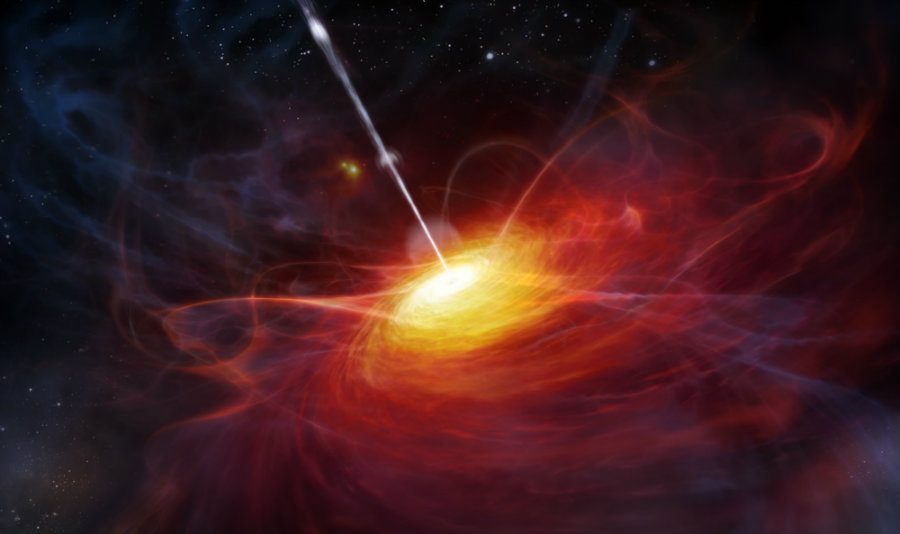A Carnegie Institution for Science (CIS) team of scientists announced today they had discovered 63 new quasars from 13 billion years ago. The Astrophysical Journal Supplement Series will publish the findings.
The number almost doubles that of ancient quasars previously known, and date back to when the universe was only a billion years old. It’s nearly 14 billion years old today, 13,799 billion years to be exact.
Carnegie’s Eduardo Bañados is the key man behind the discovery. He led the team that provided what will become the largest sample of such distant quasars presented in a single scientific article.
Bañados explained these quasars would give valuable information from the first billion years after the Big Bang. The origin of the universe is a period of great interest to astronomers but until now the amount of known ancient quasars was minuscule.


Why will quasars help know about the early universe?
Members of a class of objects called active galactic nuclei (AGN), Quasars or quasi-stellar radio sources are the most energetic and distant of them. They are the most luminous objects in the known universe, with their luminosity being 100 times greater than that of the Milky Way in some cases.
The formation and evolution of illumination sources and structures are one of the biggest mysteries in astronomy. Quasars have existed since the early stages of the universe and were more common back then. Most quasars appeared dating back as far as 12 billion years ago thanks to collisions of galaxies. So by studying them, scientists can shed light over that period.
When the Big Bang occurred, hot matter exploded everywhere, and the universe was born. But then matter cooled off and the world stayed in darkness for a long time. Light shine once again when the earliest light sources and structures appeared, including quasars or so they think.
About the institutions behind the discovery
The work from Bañados and company included own research as well as data obtained from several observatory facilities.
The CIS also called the Carnegie Institution of Washington (CIW), is an institution established to support scientific research, and headquartered in Washington, D.C. Astronomy infrastructure in Carnegie include the Department of Terrestrial Magnetism in Washington, D.C. and Observatories located in Pasadena, California and Las Campanas, Chile.
CIS investigators are leaders in the fields of astronomy. Edwin Hubble, the man who revolutionized the field, is one of Carnegie’s most famous researchers. He discovered the universe is expanding and that there are galaxies other than the Milky Way.
Source: Carnegie Institution for Science

